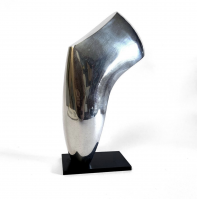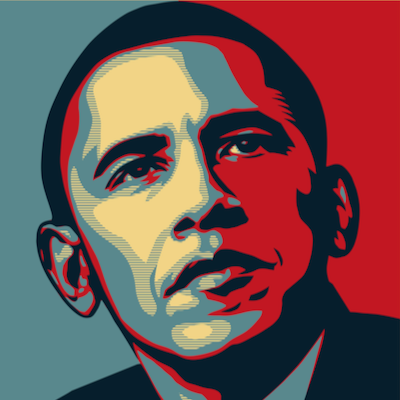
Details
Artist
Styles
Lithograph; signed, numbered // Second Thought by Allen Jones, a 2012 lithograph, is a dynamic and visually arresting composition that explores themes of human form and movement through surreal, fragmented figures. The work juxtaposes various body parts—limbs, torsos, and elongated hair—across a bold color palette of red, orange, and yellow, adding energy and intensity. The figures appear to be interacting with their surroundings in a theatrical manner, creating a scene that is both playful and enigmatic. Known for his provocative exploration of the body and sensuality, Jones employs exaggerated proportions and vibrant contrasts to evoke tension and vitality, making the viewer question the boundaries of the human form and its perception.
Second Thought, 2012
form
Medium
Size
80.9 x 63 cm
- Inches
- Centimeters
Edition
Price
- USD
- EUR
- GBP
Details
Artist
Styles
Lithograph; signed, numbered // Second Thought by Allen Jones, a 2012 lithograph, is a dynamic and visually arresting composition that explores themes of human form and movement through surreal, fragmented figures. The work juxtaposes various body parts—limbs, torsos, and elongated hair—across a bold color palette of red, orange, and yellow, adding energy and intensity. The figures appear to be interacting with their surroundings in a theatrical manner, creating a scene that is both playful and enigmatic. Known for his provocative exploration of the body and sensuality, Jones employs exaggerated proportions and vibrant contrasts to evoke tension and vitality, making the viewer question the boundaries of the human form and its perception.
- Recently Added
- Price (low-high )
- Price (high-low )
- Year (low-high )
- Year (high-low )
Allen Jones
Untitled From Concerning Marriages Series, Plate H, 1964
Limited Edition Print
Lithograph
USD 2,400
Allen Jones
Maitresse Folio Screenprint II, 2015
Limited Edition Print
Screen-print
Currently Not Available
What is appropriation?
Appropriation in art involves using pre-existing images or objects with little or no modification. This technique has played a significant role across various art forms, including visual arts, music, performance, and literature. In visual arts, appropriation refers to the practice of adopting, sampling, recycling, or borrowing elements—or even entire forms—of existing visual culture, integrating them into new works to create meaning or critique.



































